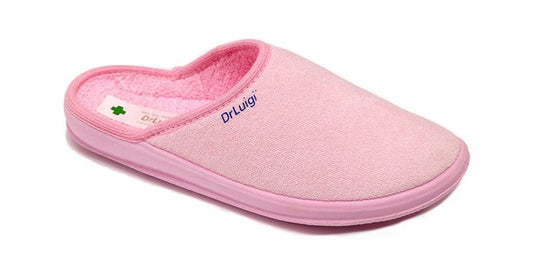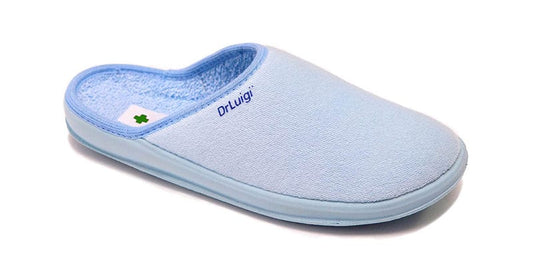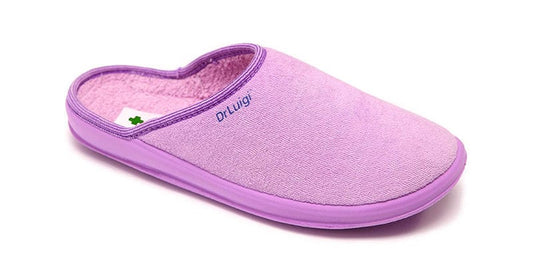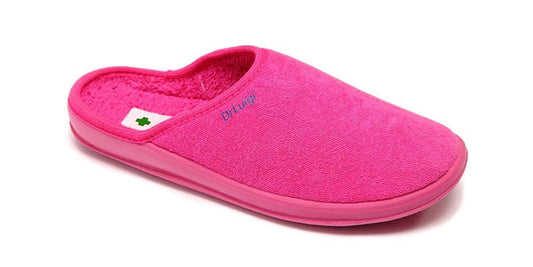Infection can also happen, thickenings on the skin can explode into living tissue that frequently hurts so much that it is hard to rely on that portion of the foot when walking and cracked heels can be excruciatingly painful.
Cracked heels are a prevalent issue that can range in severity from only being an aesthetic or cosmetic issue to being painful. By taking the appropriate measures, you may right away stop additional cracking as well as the emergence of severe cuts, bleeding, and discomfort.
What causes cracked heels?
Dry air, a lack of moisture, insufficient foot care, a poor diet, and wearing the wrong shoes are a few of the factors that contribute to cracked heels.
Due to the cold and poor circulation in the winter, the skin on the heel can become extremely dry. On the other side, dryness causes the skin to become less elastic, which results in skin cracking, which may be exceedingly painful and unpleasant.
How to get rid of cracked heels?
A pedicure is the easiest and most efficient way to solve the issue. Working from home or having someone else who is not specifically qualified to do it is not advised. In beauty salon pedicures, dead skin cells are removed using a knife. To avoid the risk of infection or the spread of fungus from person to person, it must be sterile and not used frequently. In addition, you must be mindful of the cleanliness of the rasp, which is used to further smooth the feet after removing the dead skin. It must be regularly disinfected.
Pedicures are advised to be performed everyone to one and a half months, but not more frequently, as the skin, which is frequently scraped and peeled with a knife, becomes used to these procedures and is more susceptible to thickening.
Activities that help reduce heel spurs
If a person has a genetic disposition that makes them susceptible to developing hard skin on their feet or to it breaking, sometimes even regular care will not stop it. However, with the right maintenance, the effects of developing hard skin may be minimized, as can the likelihood of it breaking.
Do not rub or scrape.
Even though this is the most often used remedy, doctors advise against scraping, scouring, or washing already wounded skin. Use items and lotions with potent moisturizing characteristics instead, including those containing urea. In situations like this, urea is employed because it is a humectant, or a chemical that binds water to itself.

Exercise exfoliation
Using a loofah sponge or similar exfoliant, such as a lotion containing urea or lactic acid, will assist remove the dead skin while hydrating the area.
Keep your feet hydrated regularly
One of the simplest methods to treat dry, cracked heels is with regular foot hydration. You may hydrate and moisturize your skin with something like Vaseline, which is oilier in composition, in addition to using a conventional lotion or cream. Apply Vaseline and wear socks that will absorb moisture overnight for even greater outcomes.
Increase your water consumption
As if there weren't already enough reasons to increase your water intake, it shouldn't be a surprise that this time-tested technique can also assist with your cracked heels. The complete body, especially the skin and dry heels, will be adequately hydrated with at least eight to twelve glasses of plain water every day.





